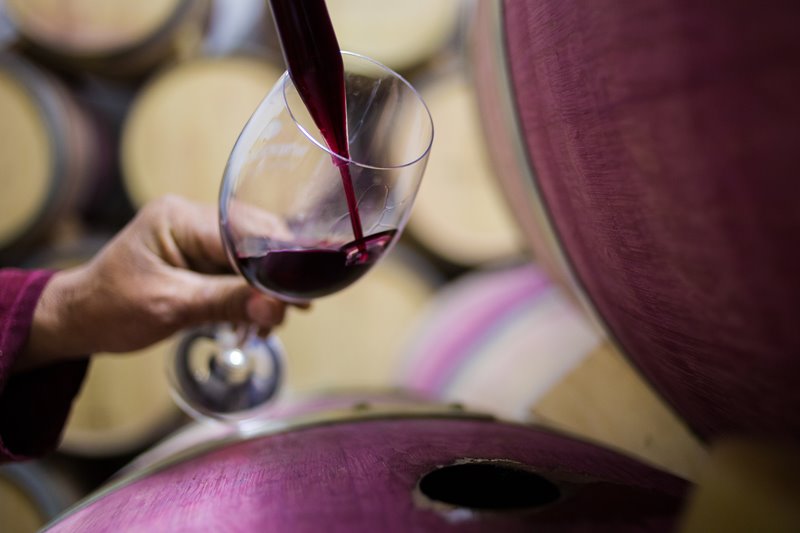Thiamine: The unsung hero in wine production
The secret ingredient in wine fermentation: Vitamin B1

In the world of winemaking, a multitude of factors come into play, delicately balancing the art and science of producing the perfect bottle. Fermentation stands prominently as the linchpin in this transformative journey from grape to wine. Here, thiamine, or Vitamin B1, emerges not just as a mere participant but as a cornerstone in this intricate process.
Understanding Thiamine's Role in Biochemistry
Thiamine is categorized as a water-soluble vitamin. This means it doesn't persist long in the body and needs constant replenishing. For mammals, including humans, thiamine must be sourced externally from our diets. In contrast, yeasts, especially the variety Saccharomyces cerevisiae prominent in winemaking, have evolved the capability to synthesize Vitamin B1 on their own. This self-sufficiency is of profound significance in the context of fermentation.
Facilitator of Carbon Metabolism
One cannot stress enough the central role that thiamine plays in several metabolic pathways. These include glycolysis, the very process responsible for the ethanol that gives wine its alcohol content. Other pathways, like the pentose phosphate pathway and the tricarboxylic acid cycle, lead to the formation of aromatic amino acids and organic acids, respectively. Each of these pathways requires enzymes to function correctly, and without thiamine, many of these enzymes become inactive, halting these crucial biochemical reactions.
Additionally, thiamine serves as the knight in shining armor for yeast, defending it against the various stressors it faces during fermentation. It accomplishes this by acting as an antioxidant, shielding against damaging free radicals and preventing the oxidative processes that could negatively impact the wine's quality.
The Subtle Architect of Wine Aroma
Beyond fermentation, thiamine wields influence over the very aroma of the wine. It's involved in the degradation of amino acids that produce specific aromatic compounds. If thiamine levels were to drop, the wine could develop a heightened volatile acidity. This imbalance can usher in a disproportionate ratio of higher alcohols to fatty acids, introducing undesirable odors into the wine, detracting from its allure.
The Delicate Balance of Producing and Absorbing Thiamine
The ability of yeasts to generate thiamine is a marvel, yet it's not their primary mode of obtaining this vital nutrient. Producing thiamine demands energy, so yeasts opt for the path of least resistance: absorbing it from the grape must. This assimilation is so efficient that yeasts can deplete the must's thiamine content shortly after they are introduced.
Battling Thiamine Deficiency in Winemaking
Several culprits can cause a drop in thiamine levels, jeopardizing the fermentation process. Native yeasts in the must, or the fungus Botrytis cinerea, are known contributors to thiamine deficiency. Additionally, elevated levels of sulfur dioxide, often used in winemaking, can deplete available thiamine.
Augmenting the Wine with Thiamine
Given its pivotal roles, it's unsurprising that adding thiamine during fermentation can offer multiple benefits. This supplementation promotes yeast cell growth and can accelerate the fermentation process. Furthermore, it might also curtail the accumulation of undesired compounds, potentially decreasing the need for adding SO2 to the grape must.
Founded in 2007, Vinetur® is a registered trademark of VGSC S.L. with a long history in the wine industry.
VGSC, S.L. with VAT number B70255591 is a spanish company legally registered in the Commercial Register of the city of Santiago de Compostela, with registration number: Bulletin 181, Reference 356049 in Volume 13, Page 107, Section 6, Sheet 45028, Entry 2.
Email: [email protected]
Headquarters and offices located in Vilagarcia de Arousa, Spain.